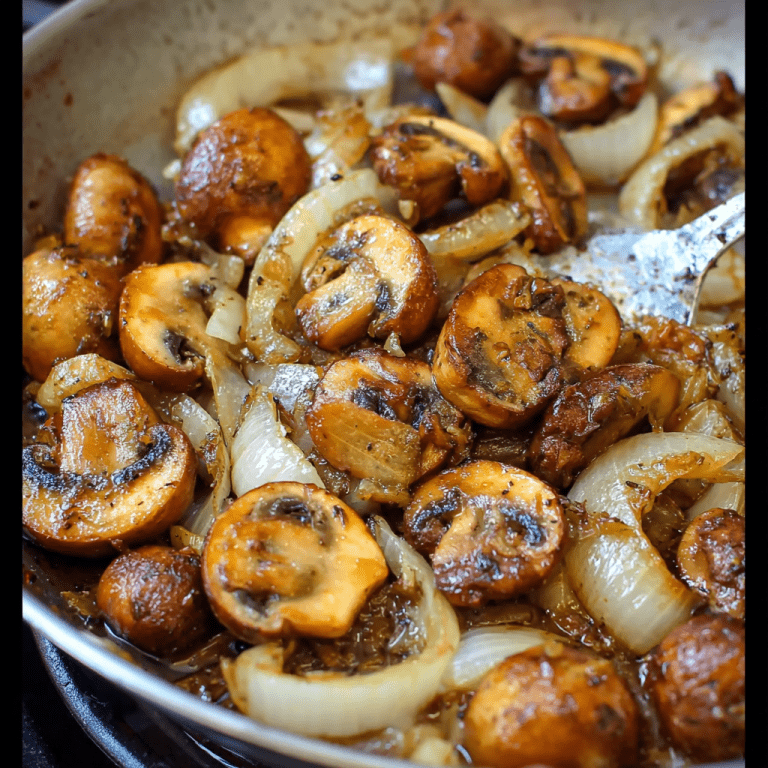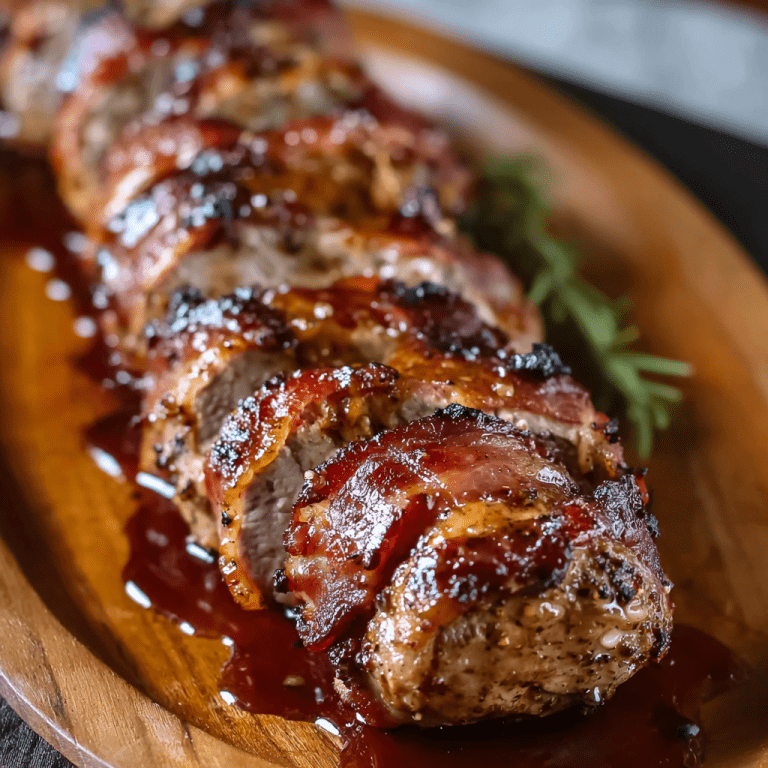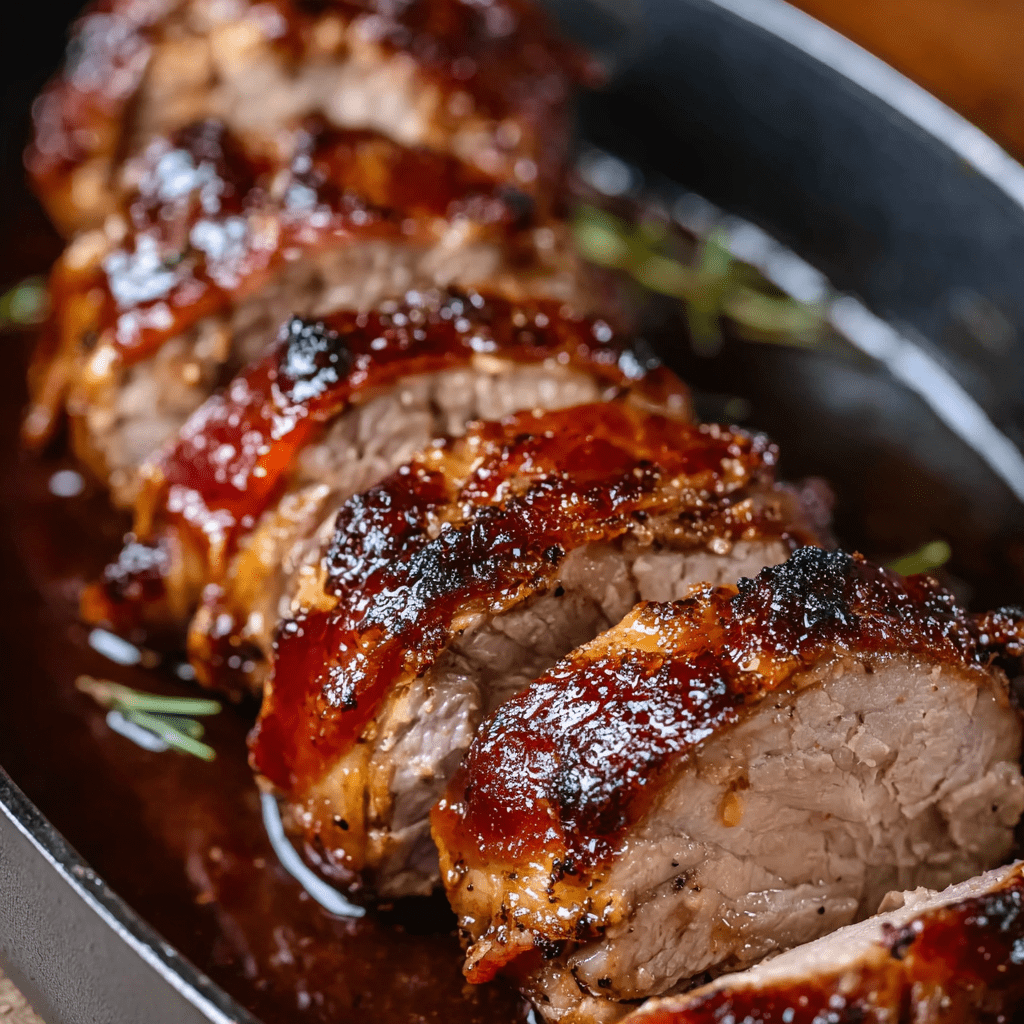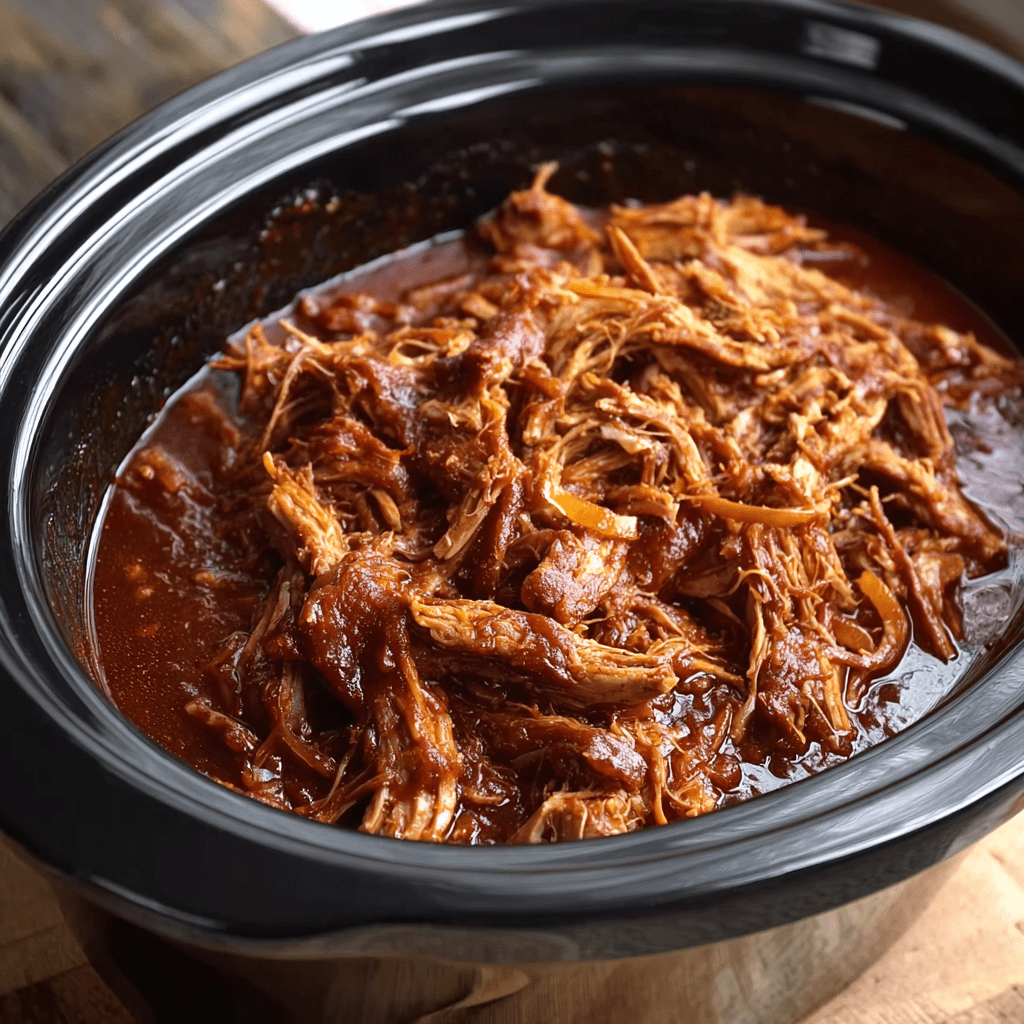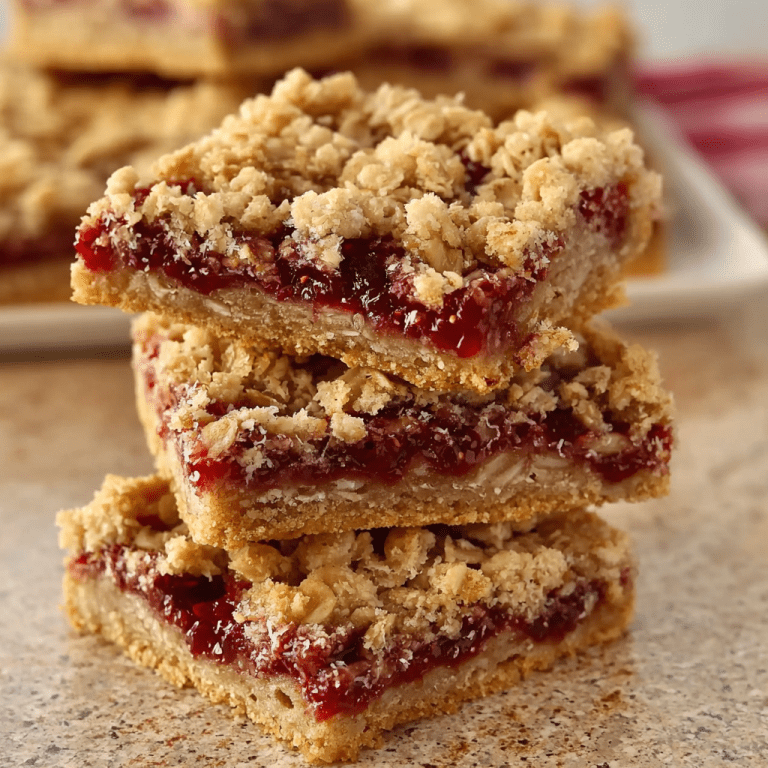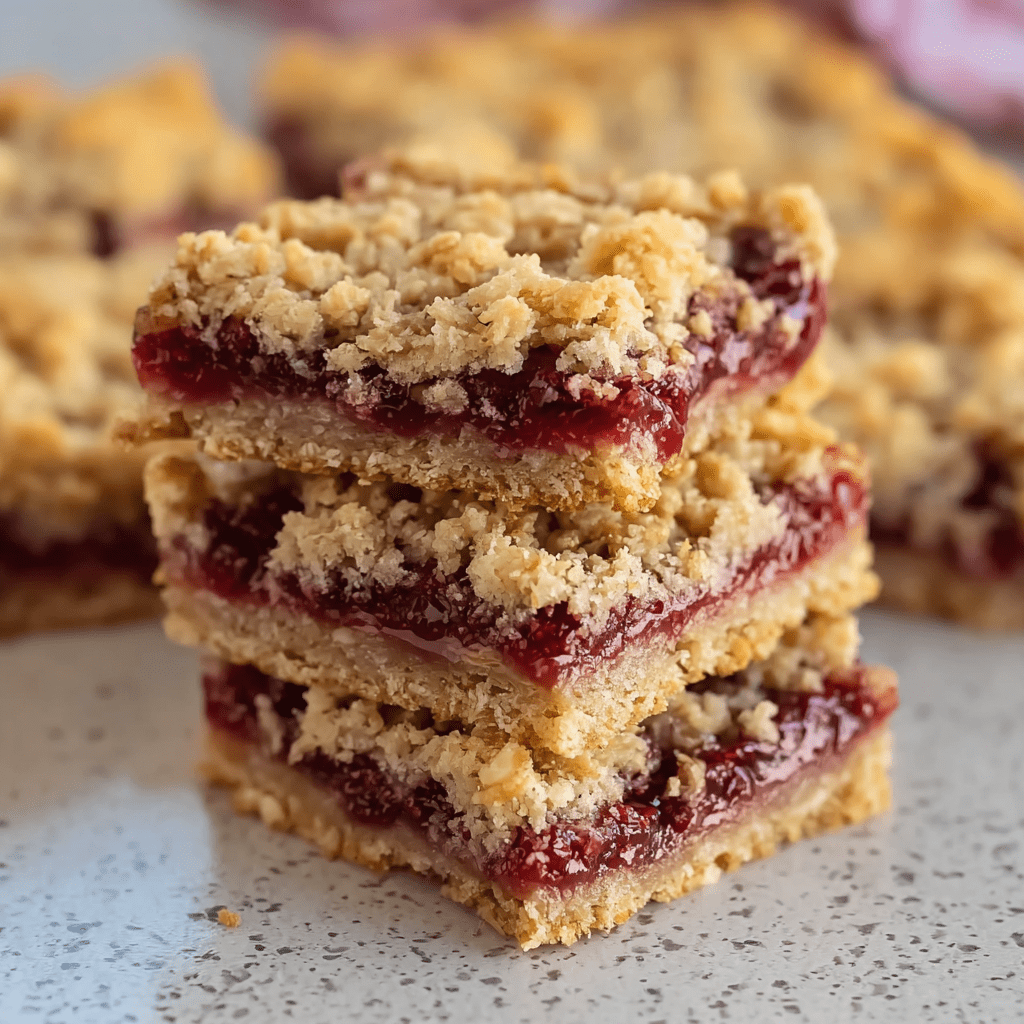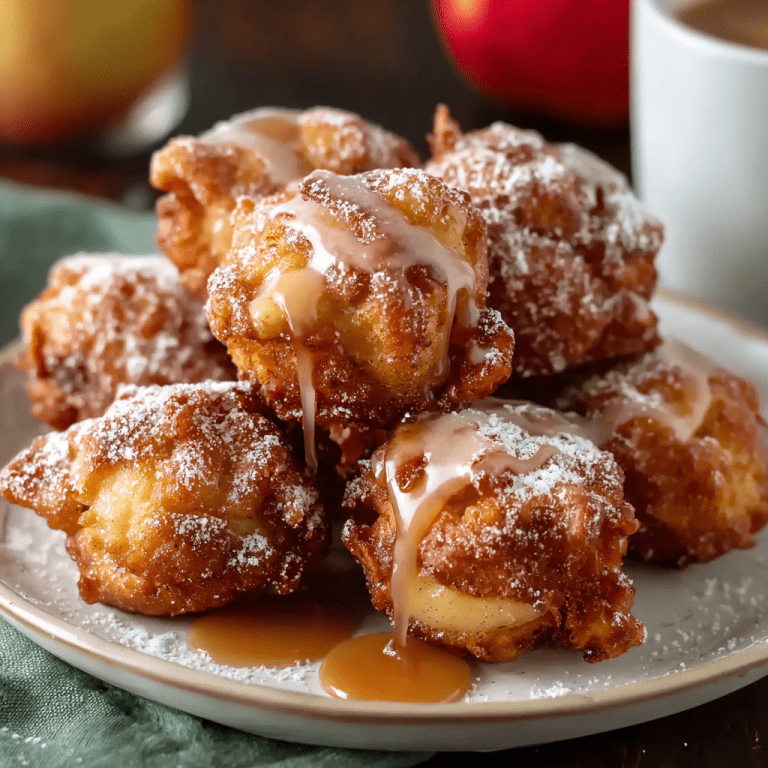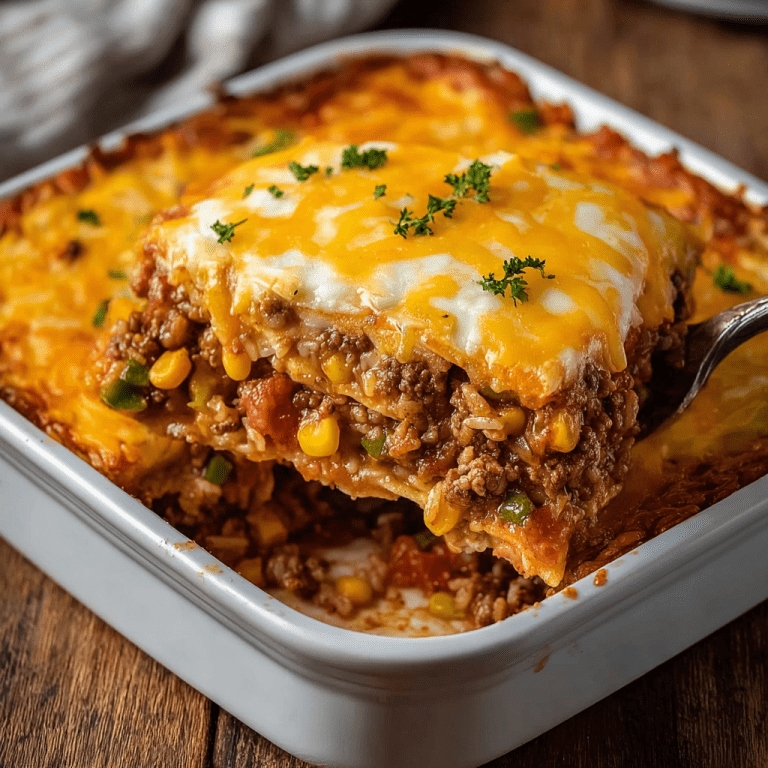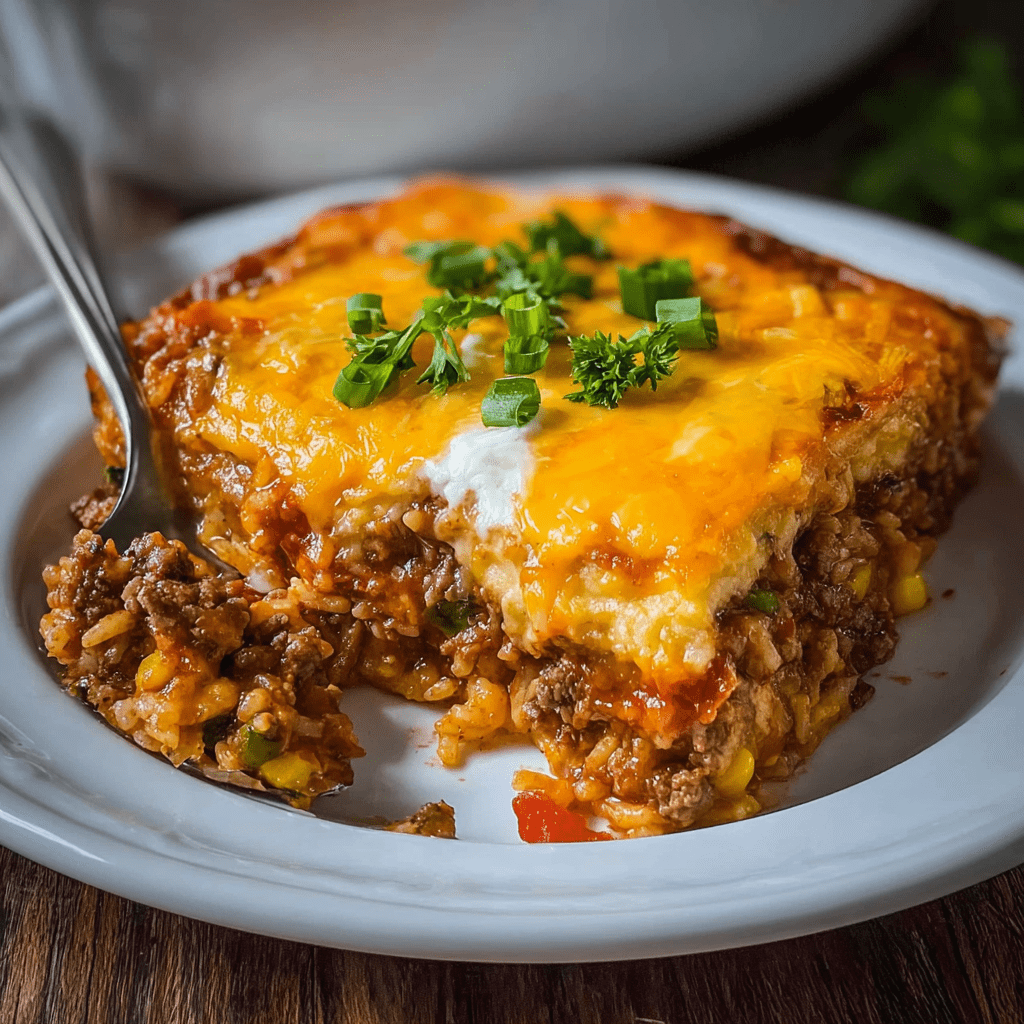Sautéed Mushrooms and Onions is a fundamental yet transformative side dish that elevates the humble combination of fungi and alliums into something truly sublime. This recipe masterfully coaxes out the deep, earthy essence of mushrooms and the natural sweetness of onions through a simple sautéing process that creates beautiful caramelization. The addition of Worcestershire sauce introduces a complex umami backbone that enhances the savory qualities of the mushrooms without overpowering them, while the garlic added at the final moment provides an aromatic finish that ties everything together. What begins as a pile of raw ingredients transforms in just minutes into a richly flavored, versatile accompaniment that can complement everything from a simple steak to morning eggs or a gourmet burger.
The technique behind this dish is where the real magic happens. Starting the mushrooms alone in the hot fat allows them to sear properly and release their moisture, which then evaporates, enabling the mushrooms to brown rather than steam. Adding the onions partway through the cooking process ensures they cook to a perfect tender-translucency while still maintaining a slight bite, creating a pleasant textural contrast with the meaty mushrooms. The final addition of garlic off the heat prevents it from burning and becoming bitter, instead allowing its flavor to perfume the entire dish gently. This methodical approach guarantees that each component reaches its ideal texture and flavor peak, resulting in a side dish that is far greater than the sum of its parts. Whether served as a simple side, piled on toast, or used as a topping for meats, these sautéed mushrooms and onions deliver restaurant-quality results with minimal effort.
Why You’ll Love This Recipe:
• Deep, Savory Flavor: The caramelization process creates an incredible depth of flavor that enhances any meal
• Versatile Side Dish: Perfect with steak, chicken, burgers, eggs, or even on toast
• Quick and Easy: Ready in under 15 minutes with simple ingredients
• Umami-Rich: Worcestershire sauce adds a complex savory note that elevates the natural flavors
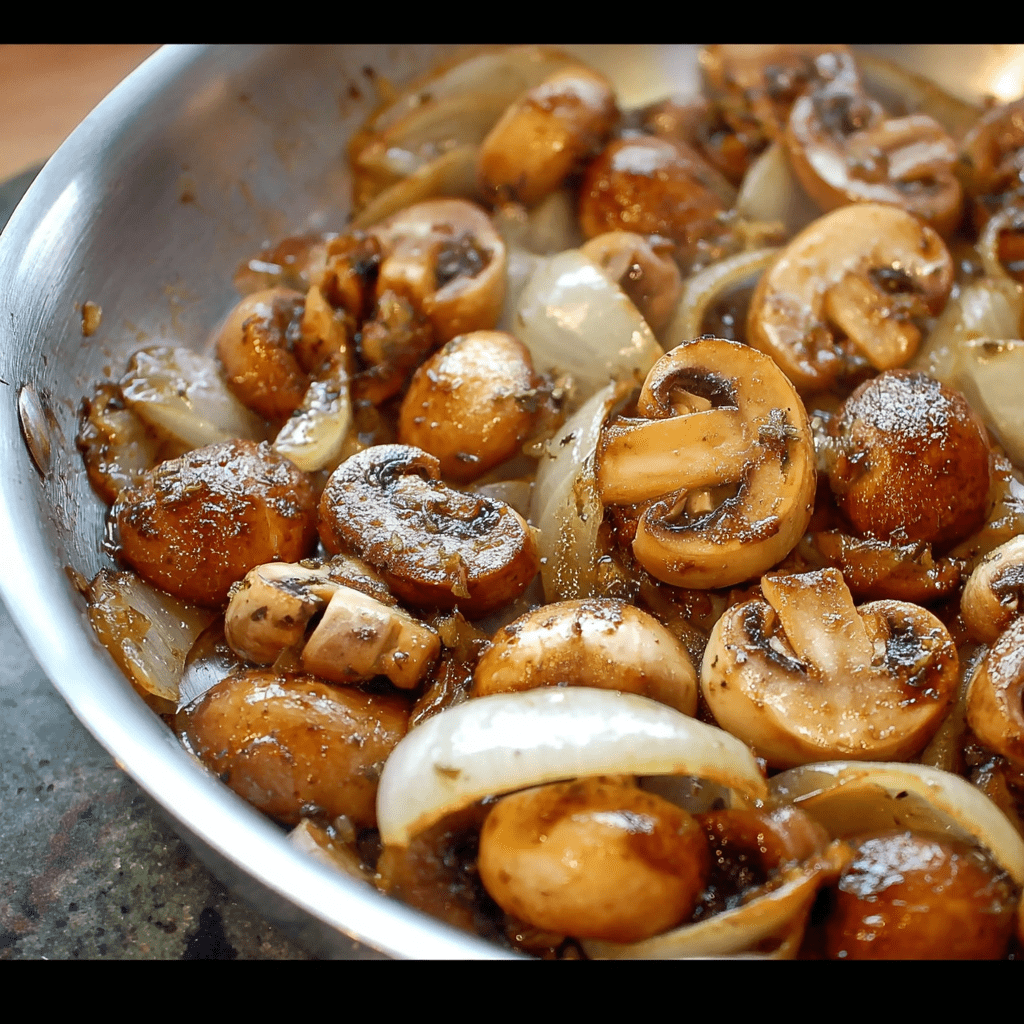
Ingredients:
• 3 tablespoons butter
• 1 tablespoon extra virgin olive oil
• 2 tablespoons Worcestershire sauce
• 1 lb white button mushrooms, halved (or quartered if large)
• 1 large sweet Vidalia onion, thinly sliced
• 3 cloves garlic, minced
• Salt and freshly ground black pepper, to taste
• Fresh parsley, chopped (optional garnish)
Instructions:
Step 1: Heat Fat and Worcestershire
• In a large skillet over medium-high heat, melt the butter with the olive oil. Once hot and shimmering, stir in the Worcestershire sauce until combined.
Step 2: Cook Mushrooms
• Add the halved mushrooms to the skillet in a single layer if possible. Cook without stirring for the first 1-2 minutes to allow them to brown, then stir every 1-2 minutes until the mushrooms have released their liquid and turned golden brown, about 5-7 minutes total.
Step 3: Add Onions
• Add the sliced onions to the skillet with the mushrooms. Continue cooking, stirring every 1-2 minutes, until the onions have softened and become translucent with slightly browned edges, about 5-7 minutes more.
Step 4: Finish with Garlic
• Reduce the heat to low. Add the minced garlic and cook for 1 final minute, stirring constantly to prevent burning, until the garlic is fragrant.
Step 5: Season and Serve
• Remove from heat and season generously with salt and pepper to taste. Garnish with fresh parsley if desired, and serve immediately.
Tips:
• Don’t Crowd the Pan: Cook in batches if necessary to ensure proper browning rather than steaming
• High Heat is Key: Maintain medium-high heat to achieve good caramelization
• Worcestershire Substitute: Soy sauce or balsamic vinegar can be used for a different flavor profile
• Mushroom Variety: Feel free to use cremini, shiitake, or a mushroom blend for more complex flavor
Storage Options:
• Refrigerator: Store in an airtight container for up to 5 days
• Reheating: Reheat gently in a skillet over medium heat or in the microwave
• Freezing: Freeze for up to 3 months, though texture may become softer upon thawing
Sautéed Mushrooms and Onions is a classic preparation that deserves a permanent place in your culinary repertoire. Its incredible versatility and deep, satisfying flavors make it the perfect accompaniment to countless dishes.

